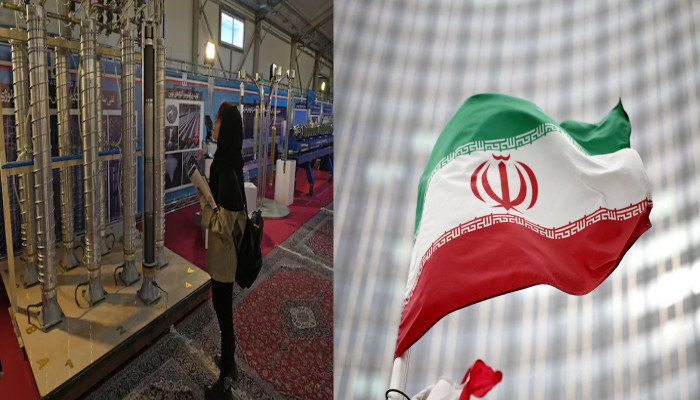Iran to install new uranium-enrichment centrifuges: IAEA report
- In Reports
- 05:06 PM, Nov 29, 2024
- Myind Staff
Iran has notified the UN's nuclear watchdog about its plan to add over 6,000 new uranium-enriching centrifuges at its facilities and activate more of the ones already installed, according to a confidential report shared on Thursday.
Iran said it would add thousands of centrifuges in response to a resolution against it passed last week by the 35-nation Board of Governors of the International Atomic Energy Agency at the request of the United States, Britain, France, and Germany. The report, which Reuters obtained, explains what Iran meant by the statement. Iran may enrich uranium more rapidly with greater enrichment capacity, which could raise the risk of nuclear proliferation.
Iran denies aiming to build nuclear weapons. However, Western countries argue that enriching uranium to 60% purity—close to the 90% needed for weapons—has no civilian purpose. No other country has reached this level without creating a nuclear bomb. Iran's new centrifuges are only set to enrich uranium to 5% purity, much lower than the 60% it is currently producing. This could be seen as a goodwill gesture to find common ground with European countries, especially with US President-elect Donald Trump returning soon. However, Iran can easily adjust these enrichment levels in the future.
Iran currently operates two subterranean factories at Natanz and Fordow, as well as an aboveground pilot plant at Natanz, with well over 10,000 centrifuges. The report manifested plans to deploy a gigantic cascade of up to 1,152 sophisticated IR-6 machines and 32 further cascades, or clusters, of more than 160 machines apiece. Iran plans to install many more cascades than the number it currently has. While it has stated that it will activate these new cascades by adding uranium feedstock, the IAEA confirmed that this process has not yet started.
According to the report, Iran intends to bring eight recently installed IR-6 cascades at the FFEP (Fordow Fuel Enrichment Plant) online. "The Agency has determined and shared with Iran the changes required to the intensity of its inspection activities at FFEP (Fordow Fuel Enrichment Plant) following the commissioning of the cascades," the report stated. Fordow is closely monitored because it's built into a mountain, and Iran is enriching uranium there to up to 60%. The only other place where this is happening is the Pilot Fuel Enrichment Plant at Natanz, which is above ground.
Before last week's quarterly IAEA meeting, Iran suggested it might limit its stock of uranium enriched to 60%, but only if the IAEA board did not pass a resolution against Iran. While the IAEA confirmed that Iran was reducing its enrichment at this level and called it a "concrete step," the board still passed the resolution, urging Iran to work more closely with the IAEA. A report from Thursday stated that Iran has completed installing the last two sets of IR-2m centrifuges at its large underground Fuel Enrichment Plant in Natanz, making a total of 18 sets. While the IAEA confirmed on November 26 that no uranium had been fed into these machines yet, Iran plans to start using all 18 sets soon.
Iran also informed the IAEA that it plans to install 18 more sets of IR-4 centrifuges, each containing 166 machines, at the Natanz plant. At the pilot plant above ground in Natanz, Iran shared its intention to make changes that suggest it will increase the number of full cascades, which can produce more enriched uranium, instead of smaller or intermediate ones. At the pilot plant, it also stated that it intended to erect a cascade of up to 1,152 IR-6 centrifuges, which might be the largest cascade yet in Iran.







Comments